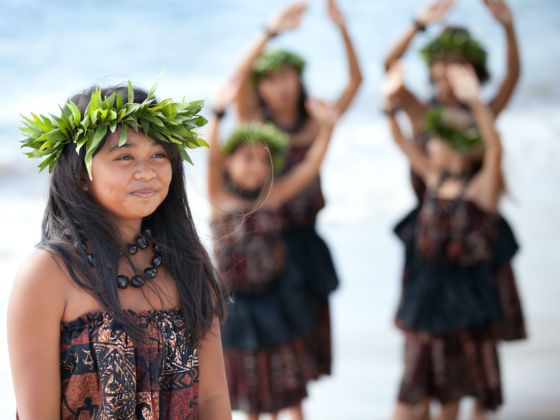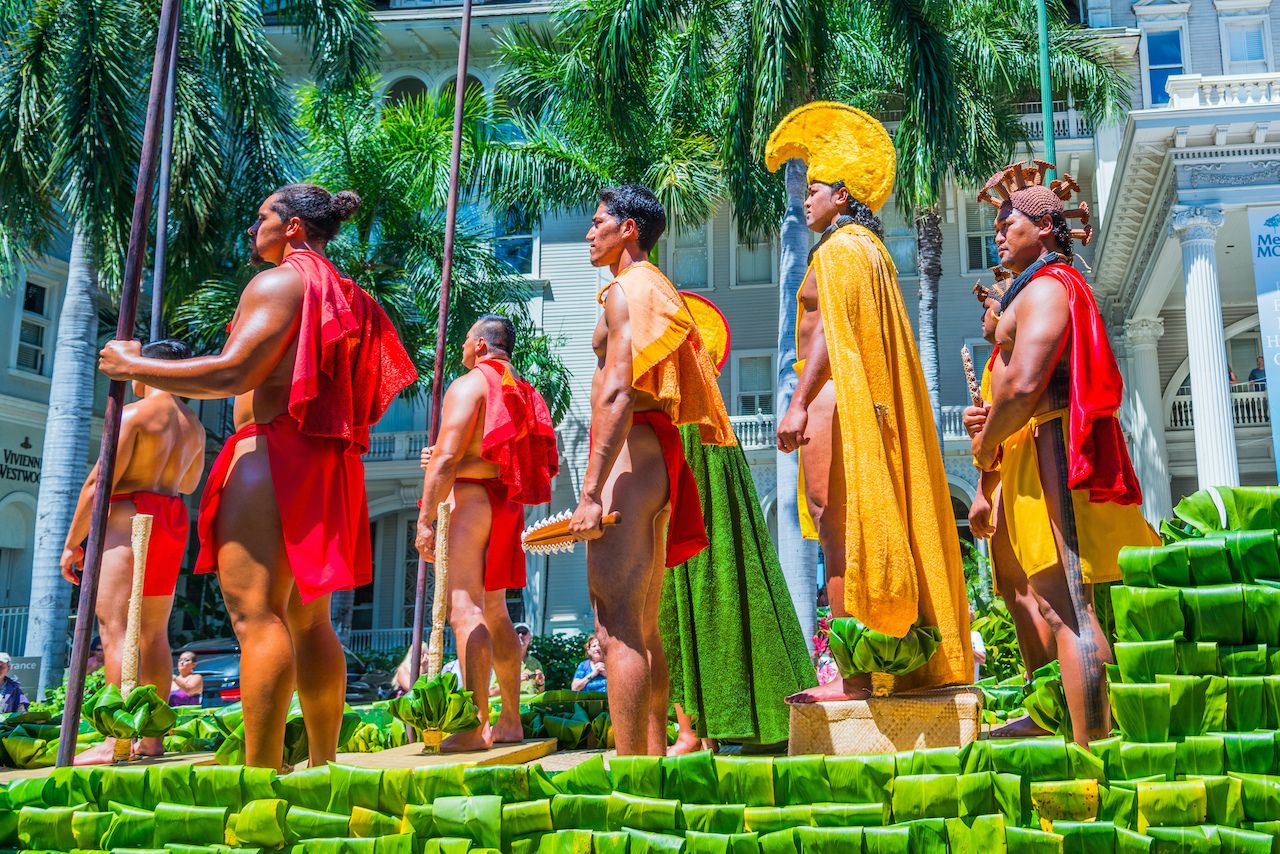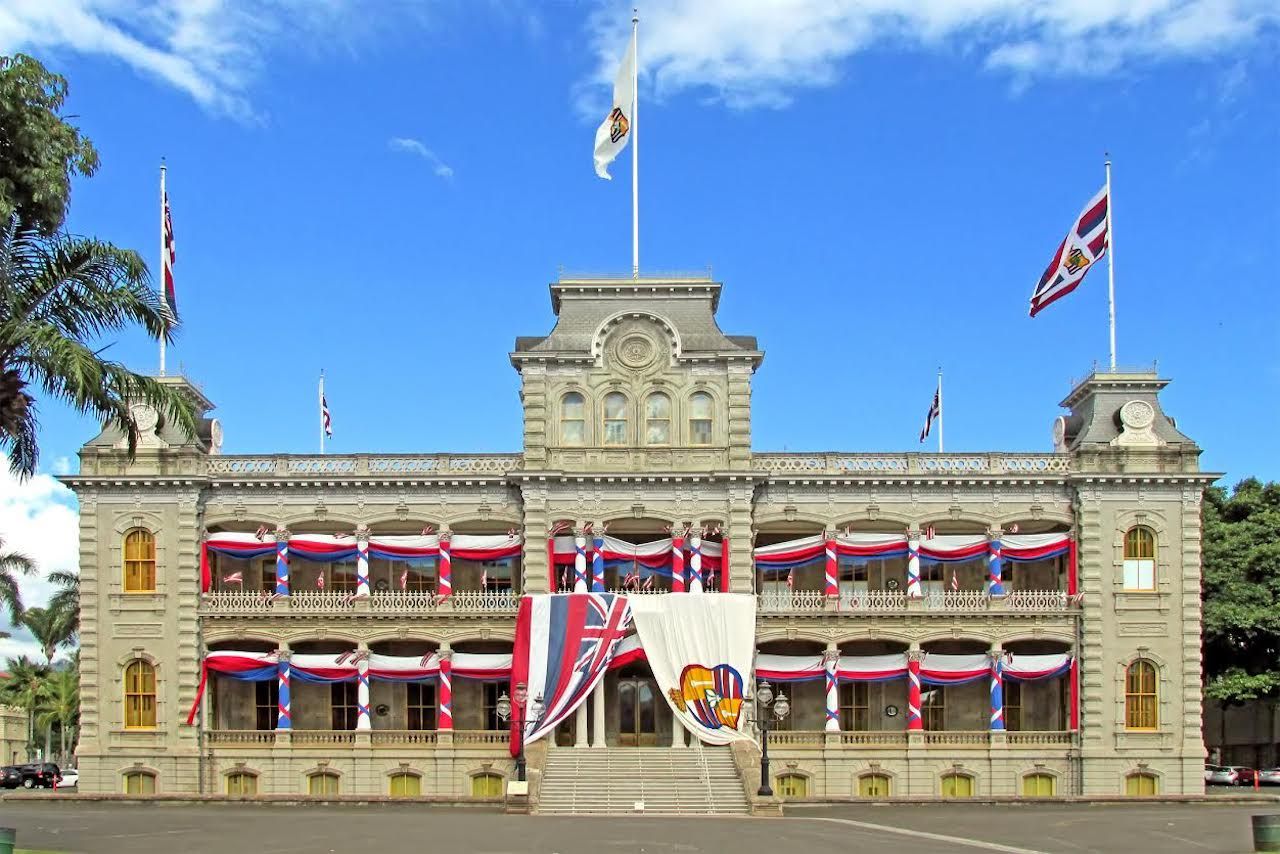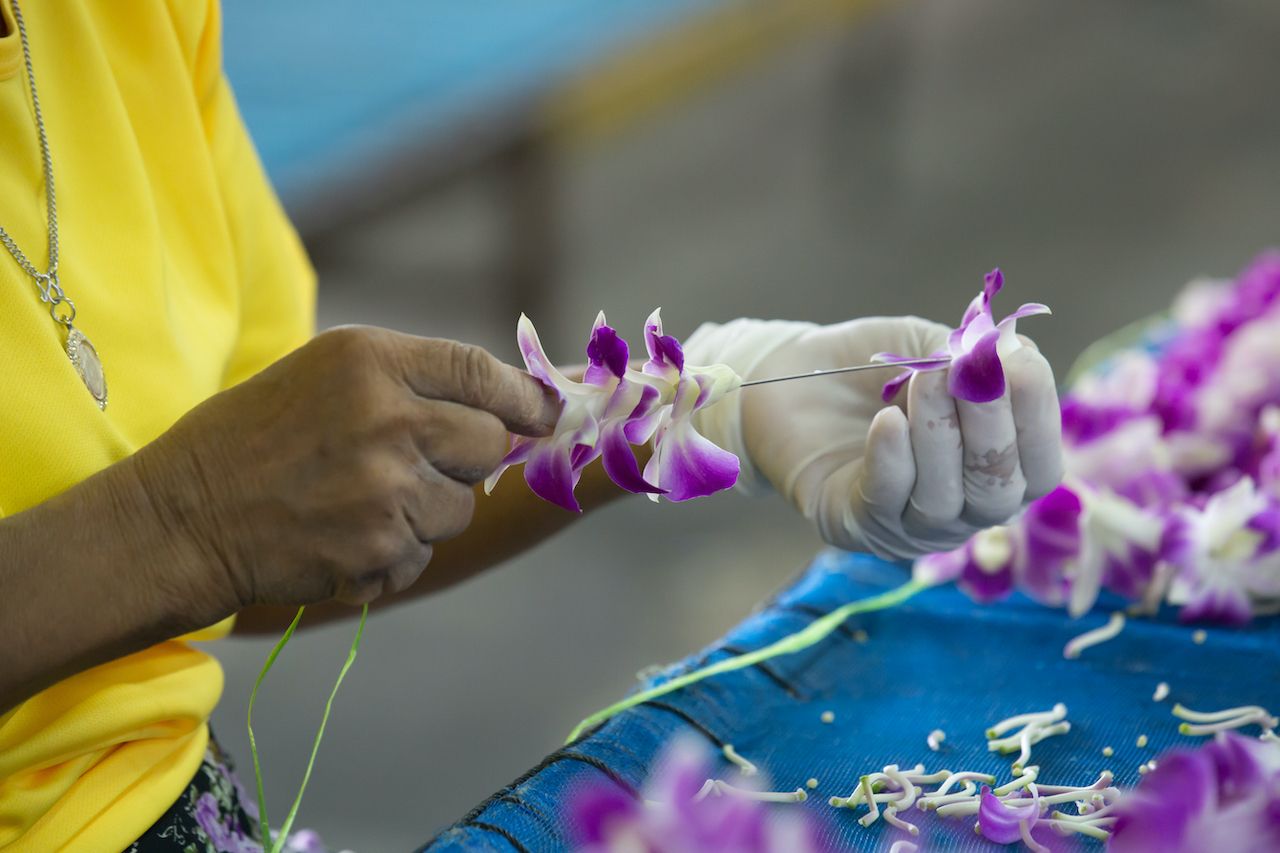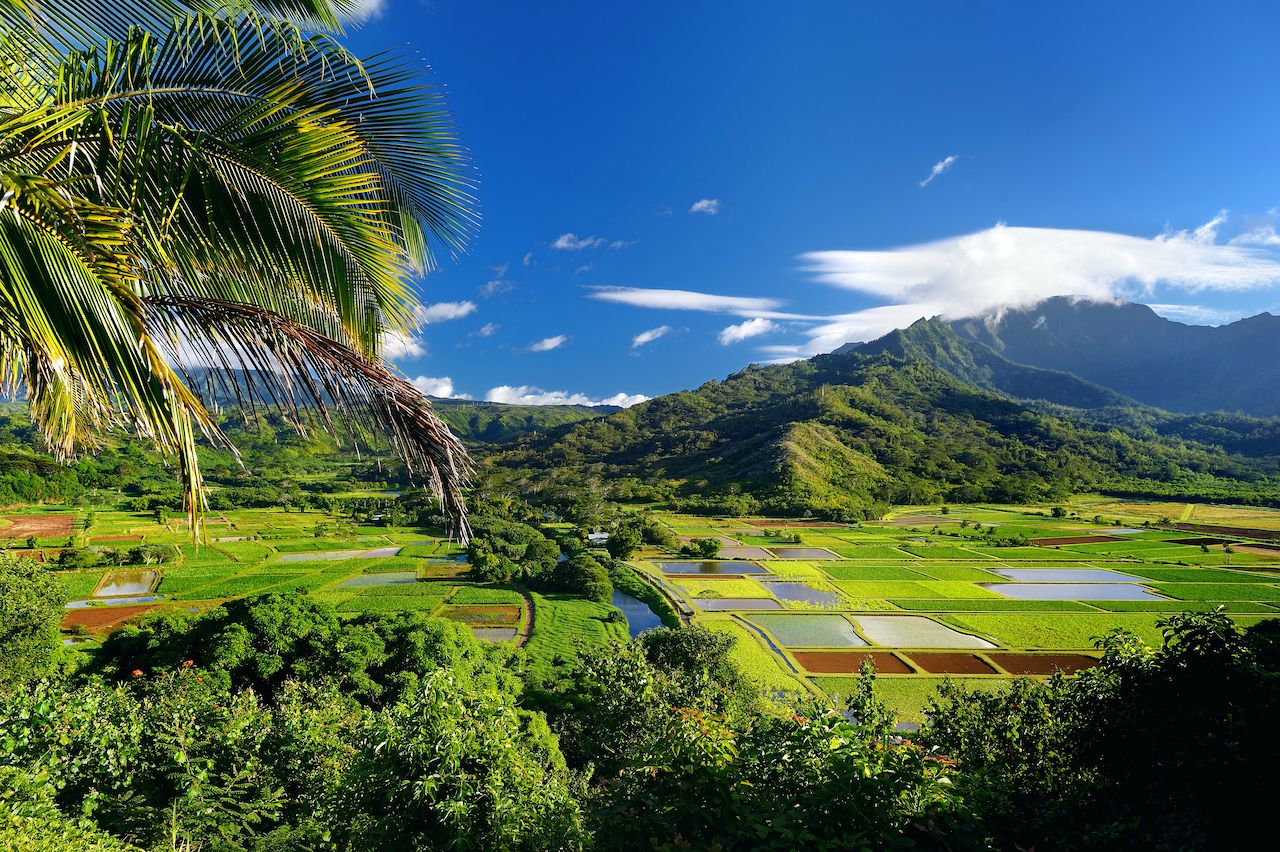“Our history didn’t start with Captain Cook and the missionaries,” says Kainoa Daines, Director of Culture and Product Development at the Hawai‘i Visitors & Convention Bureau. “Our history goes back thousands of years.”
Polynesians, who started sailing long distances as far back as three thousand years ago, have been populating the islands of the Pacific since that time. They may have arrived in Hawaii as early as the year 400.
